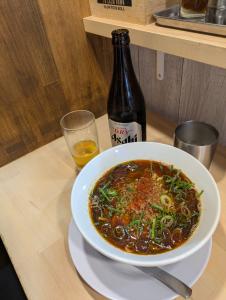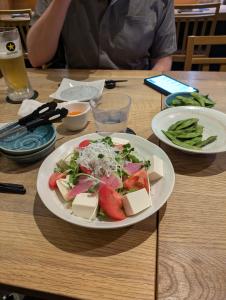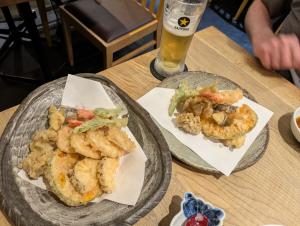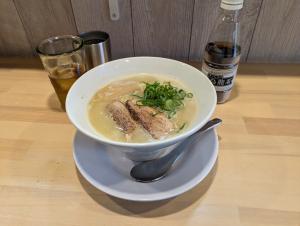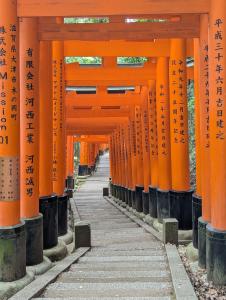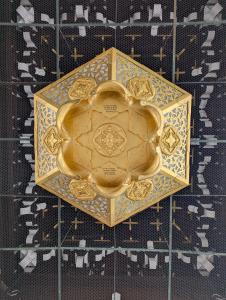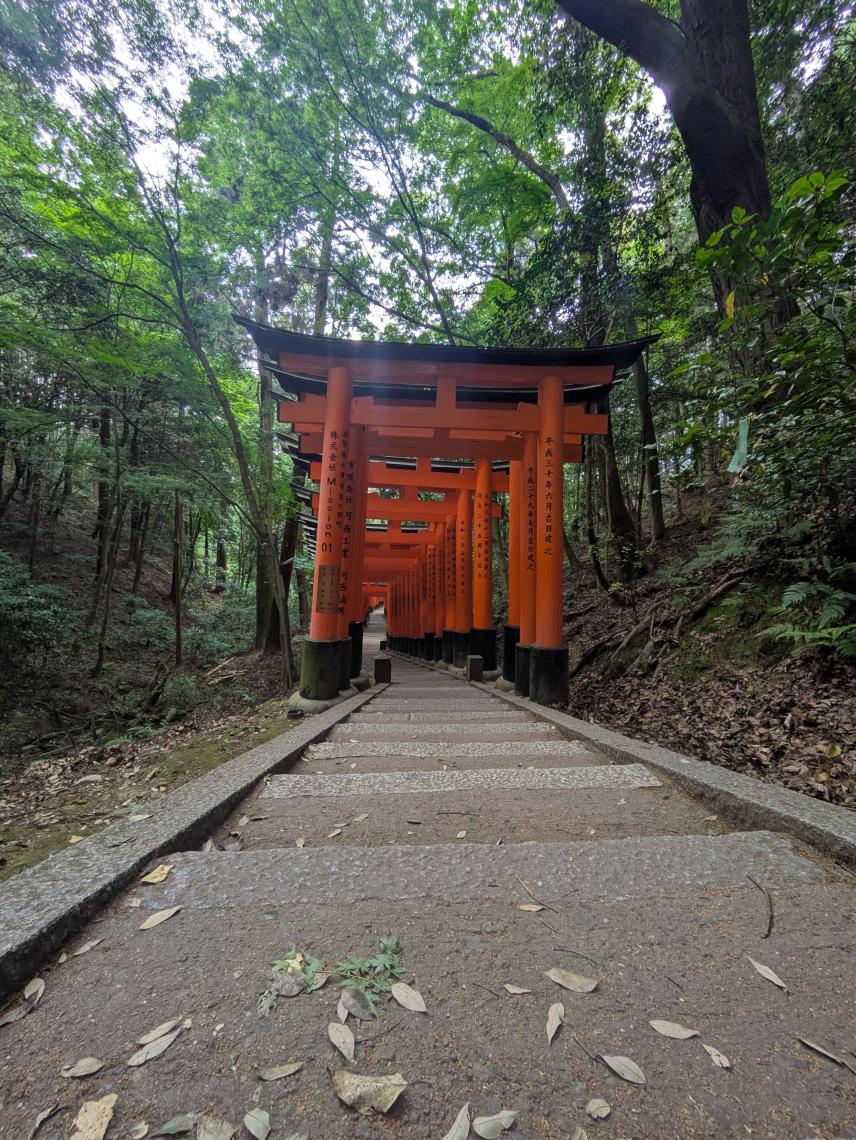
Day 13 - Climb Every Mountain
Fushimi Inari-Taisha - Osaka
After dropping our bags at the front desk, we took a train south to Fushimi Inari. With seemingly endless arcades of vermilion torii gates spread across a thickly wooded mountain, this vast shrine complex is a world unto itself. All the guides say it’s one of the most impressive and memorable sights in all of Kyoto. They aren't wrong. That's why everyone visits. Fushimi Inari-Taisha was dedicated to the kami of rice and sake by the Hata family in the 8th century. As the role of agriculture diminished, deities were enrolled to ensure prosperity in business. All of these 8,000 sub shrines must do the trick because business is really booming in the souvenir and food markets carved into the pathways and mountainside along the pilgrimage.
To avoid the tourists, the guidebooks also recommend climbing to the top of Mount Inari. While trying to find a slice of serenity, we took the 4km pathway that wanders up the mountain (767ft elevation). It is lined with dozens of atmospheric sub shrines to Inari.
Honestly, we had not been expecting to climb another mountain on this trip. But it turns out we needed it for both a spiritual and physical reset. We were even inspired by Inari to buy some souvenirs, street vendor fried potato slices with sugar, and inari sushi (rice covered in seasoned fried tofu skin). The souvenirs are cute, the inari was delicious, but the potato slices not so much.
Taking the train back into Kyoto, we did some last minute shopping after trying our third type of ramen for the trip, Taiwanese Ramen. Lisa's was a thick chicken bone broth with noodles, marinated bamboo shoots, and chashu, sliced pork belly. Jon had the traditional Taiwanese ramen, a spicy chicken broth with a ground pork topping. Both were excellent and the chef was delightful. We had a brief conversation with him while telling him where we were from and pinning Seattle and Minneapolis to his customers map, and then headed onward.
Before we retrieved our bags, we wanted to visit the temple closest to our hotel and the one associated with the garden we'd visited the day we arrived in Kyoto, Higashi Hongan-ji. Higashi Hongan-ji is both a tribute to Amida Buddha and all things grand and gaudy. Considering its proximity to the station, free admission, quiet contemplation halls, awesome structures and dazzling interiors, this temple should be busier than it is, but thankfully it isn't. The temple is dominated by the vast Goei-dō (Main Hall), said to be the second-largest wooden structure in Japan, standing 38m high, 76m long and 58m wide. What makes the construction of both the main buildings, (the founders Hall and the Amita building holding the Buddha herself) so interesting is that the work crews in the 19th century experienced numerous accidents due to the severing of the hemp ropes used to transport the enormous beams and columns. To overcome this difficulty, new hemp ropes were made entwined with donations of women's hair by the faithful. It's a testimony to the strength of this sect of Buddhism in Japan and the fortitude of women.
In the late afternoon, we caught a local train at Kyoto station to Osaka. Osaka will be our home base for the next 4 days as we explore this part of Japan. We dined tonight at a tempura restaurant on the 8th floor of a glitzy shopping center.
Points earned today!
| L | Activity | J |
|---|---|---|
| 6 | Foodie (Unique foods) | 6 |
| 1 | Historical Panorama | |
| 2 | Gift Giver Award | 2 |
| 4 | Souvenir: Small Items | 1 |
| Water Panorama | 1 |
